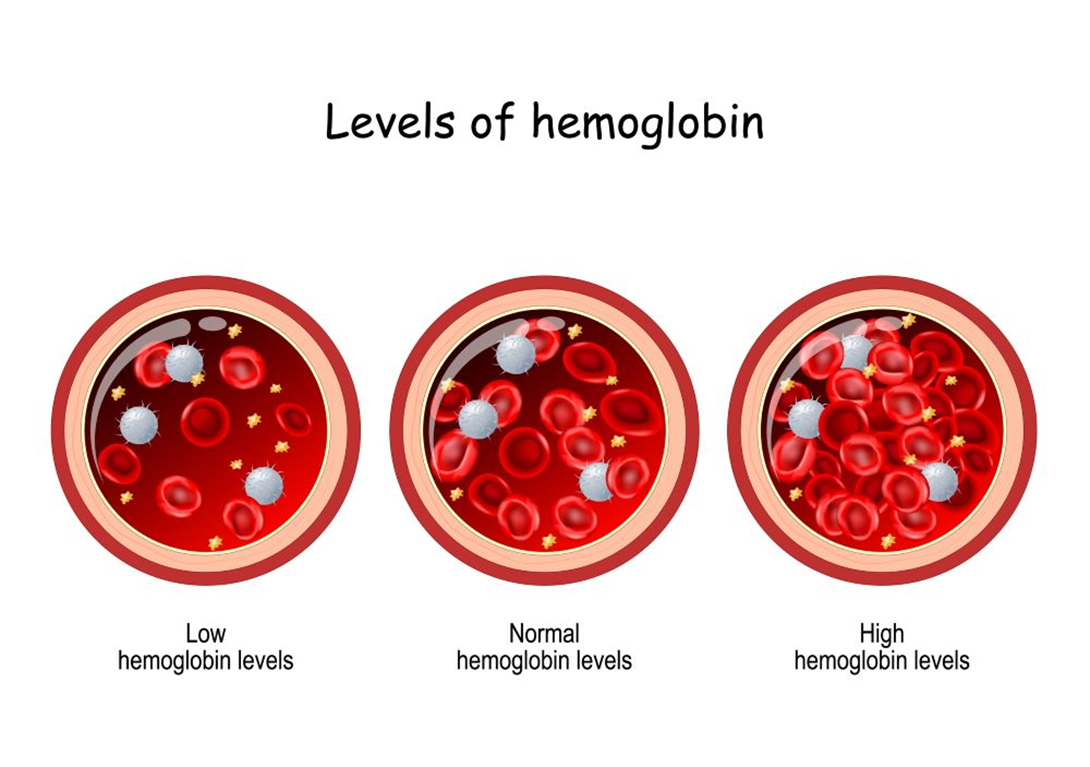A nurse is assessing pressure ulcers on four clients to evaluate the effectiveness of a change in wound care procedure. Which of the following findings indicates wound healing?
Increase in serosanguineous exudate from a client's wound
Deep red color on the center of a client's wound
Erythema on the skin surrounding a client's wound
Inflammation noted on the tissue edges of a client's wound
The Correct Answer is B
Choice A reason: This is not the correct choice because an increase in serosanguineous exudate (a mixture of blood and clear fluid) from a client's wound indicates infection, inflammation, or trauma to the wound. This is a sign of wound deterioration, not healing.
Choice B reason: This is the correct choice because a deep red color on the center of a client's wound indicates granulation tissue, which is new tissue that forms during the healing process. Granulation tissue fills the wound bed and provides a foundation for epithelialization (the growth of new skin over the wound).
Choice C reason: This is not the correct choice because erythema (redness) on the skin surrounding a client's wound indicates irritation, inflammation, or infection of the skin. This is a sign of wound complication, not healing.
Choice D reason: This is not the correct choice because inflammation on the tissue edges of a client's wound indicates infection, trauma, or necrosis (death) of the tissue. This is a sign of wound impairment, not healing.
Nursing Test Bank
Naxlex Comprehensive Predictor Exams
Related Questions
Correct Answer is A
Explanation
Choice A reason: This is the correct choice because this information is relevant and important for the physical therapist. A hemoglobin of 5 g/dL indicates severe anemia, which can cause fatigue, weakness, shortness of breath, and palpitations. The physical therapist should be aware of the client's condition and adjust the therapy accordingly. The physical therapist should also monitor the client's vital signs, oxygen saturation, and tolerance to activity.
Choice B reason: This is not the correct choice because this information is not relevant or important for the physical therapist. A clean-catch urine test is a diagnostic test that requires the client to collect a midstream urine sample in a sterile container. The physical therapist does not need to know about this test or its results, as it does not affect the client's physical therapy.
Choice C reason: This is not the correct choice because this information is not relevant or important for the physical therapist. Opioid-induced constipation is a side effect of opioid medications that can cause abdominal pain, bloating, and difficulty passing stools. The physical therapist does not need to know about this condition or its treatment, as it does not affect the client's physical therapy.
Choice D reason: This is not the correct choice because this information is not relevant or important for the physical therapist. A new diagnosis of colorectal cancer is a serious and life-changing condition that requires medical and surgical interventions. The physical therapist does not need to know about this diagnosis or its prognosis, as it does not affect the client's physical therapy.

Correct Answer is A
Explanation
Choice A reason: A nurse places a mask on a client with tuberculosis before transport to the radiology department is a safe handling technique, as it prevents the transmission of airborne pathogens to other clients and staff. The nurse should also wear a respirator and follow the standard and airborne precautions.
Choice B reason: A nurse cleans up a blood spill with hydrogen peroxide is not a safe handling technique, as it can damage the skin and mucous membranes and cause irritation and infection. The nurse should use a bleach solution or an approved disinfectant to clean up blood spills and follow the standard and contact precautions.
Choice C reason: A nurse removes her gown after leaving the client's room is not a safe handling technique, as it can contaminate the environment and expose the nurse to infectious agents. The nurse should remove the gown before leaving the client's room and dispose of it in a designated receptacle.
Choice D reason: A nurse disconnects an indwelling urinary catheter from the drainage bag to collect a specimen is not a safe handling technique, as it can introduce bacteria into the urinary tract and cause infection. The nurse should use a sterile syringe and needle to aspirate the specimen from the sampling port and follow the standard and contact precautions.
Whether you are a student looking to ace your exams or a practicing nurse seeking to enhance your expertise , our nursing education contents will empower you with the confidence and competence to make a difference in the lives of patients and become a respected leader in the healthcare field.
Visit Naxlex, invest in your future and unlock endless possibilities with our unparalleled nursing education contents today
Report Wrong Answer on the Current Question
Do you disagree with the answer? If yes, what is your expected answer? Explain.
Kindly be descriptive with the issue you are facing.
